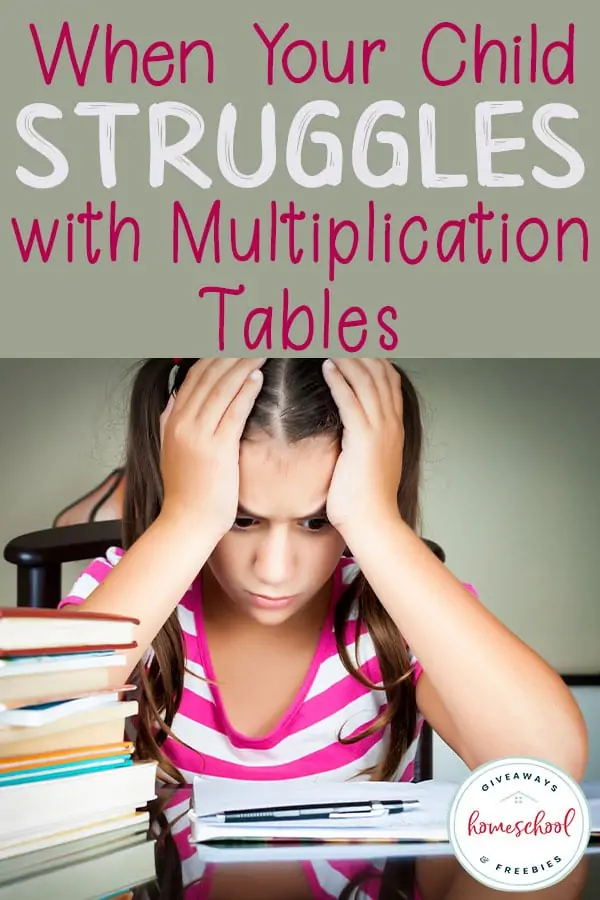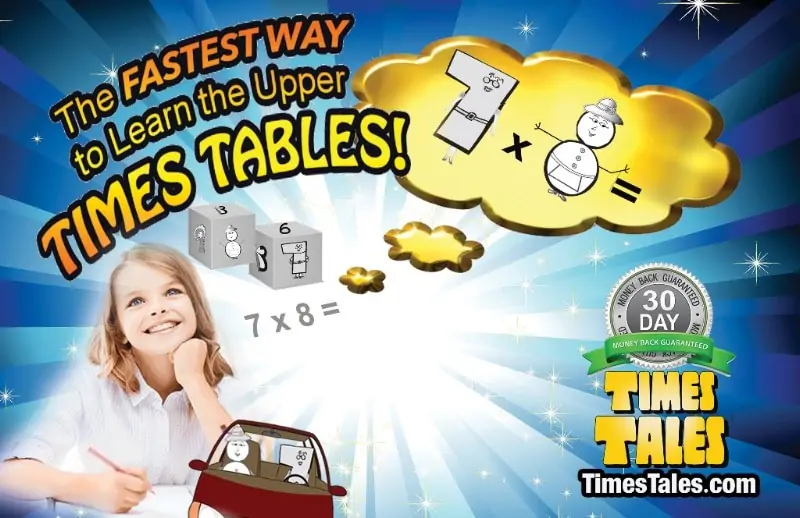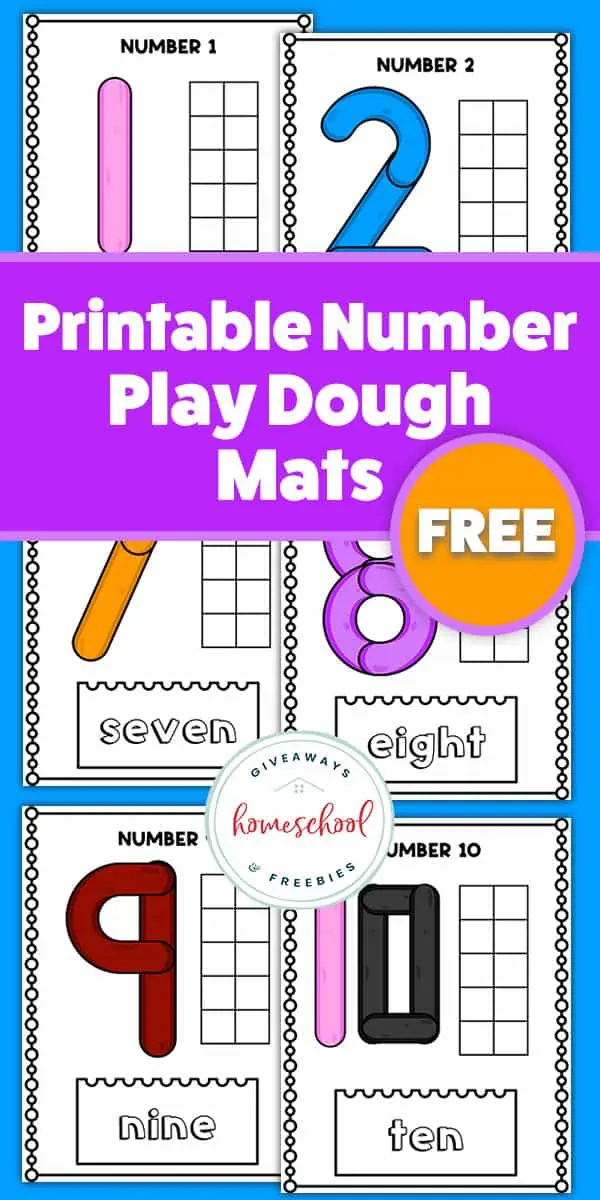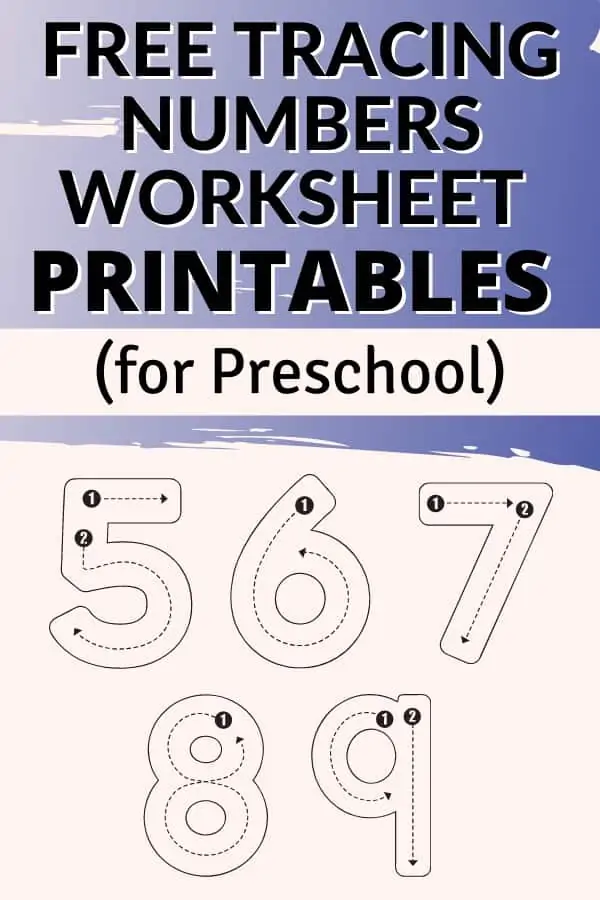When Your Child Struggles With Multiplication Tables
Published:
July 11, 2019
Contributor:
Jeannette Tuionetoa
Disclosure: This post may contain affiliate links, meaning if you decide to make a purchase via my links, I may earn a commission at no additional cost to you. See my disclosure for more info.
This subject is a little touchy for me. My son struggled with his multiplication tables for a long time. It was a tough time for both of us, but we eventually found a way for him to master multiplication. It surely wasn’t an easy road. From my experience, I want to share a few things that might work when your child struggles with multiplication.
I fought long and hard before making the decision to go back to basics with my son when it came to multiplication. It was the best decision for him; I wish my stubbornness would not have stalled the choice for so long.
My husband and I decided to move to another country to care for his parent’s and run his family rental property there. I am not sure whose brilliant idea it was for me to stay behind and wrap up all of our loose ends, sell our home, etc. Staying behind also meant that the kids would start school in the country until I got there.
My son is super active, and while in the U.S., he was on a routine and schedule that I was hoping my husband and family would keep him on. Well fast forward 6 months later, I arrive on the island to find that my son had drastically regressed in his education.
It turns out his routine went out the door, sugary snacks were in abundance, and his teacher had him sit in the back of the class doing – nothing – because she didn’t know what to do with him. He stopped reading, and I was feeling horrible that our decision for me to stay behind was right in many areas except for my poor son.
I was back and started to evaluate where he was in math. He was struggling so badly with his multiplication tables that it became too much for us to stay at the same level he “should” be in.
It was difficult for us to even homeschool the number of hours we were used to, without other subjects falling to the wayside. Sitting with him wasn’t working. We had to go back to the basics, and that was the best decision I could have made so that my son could master multiplication.
There are many reasons students struggle with multiplication:
- A child can struggle with multiplication tables when they never understood the necessary foundations. Tons of practice is key to mastery, preferably using many visual aids.
- A child can struggle with multiplication tables when they have not learned their multiplication facts in the regular numerical order (i.e., the 0’s first, then the 1’s, then the 2’s, then the 3’s, etc.). Students gradually go from easy to harder instead of everything at once.
- A child can struggle with multiplication tables when they don’t understand the commutative property of multiplication. This is basically, understanding that 6 X 3 is the same meaning as 3 X 6.
- A child can struggle with multiplication tables when they are encouraged to learn multiplication facts before they learn strategies. For example, a child can learn about doubling items before learning to multiply by 2’s.
We inevitably chose to rewind and go back to the basics. I decided that we couldn’t move on until he “got it.” I knew it would take time. Then I started off with showing him pictures of how addition related to multiplication. He mastered addition, so linking multiplication to something he already knew created the connection he needed to build upon.
To help my son with his multiplication struggles, we took the following course of action:
-
The addition to multiplication connection
Since he was already comfortable with addition, I visually showed him how math connects to multiplication. It was vital for me to show my son that multiplication was just repeated addition. It worked! Our brains make connections with previously learned knowledge.
-
Visual help with grouping
When students can visually see fixed arrays or rows of items, they can easily see that the group of objects has meaning. My son does well with visual aids, so it helped him to see items grouped together to understand how multiplication worked. This really helped create a link problem application to what multiplication was, instead of being just another thing he needed to memorize.
-
Counting in patterns
Counting in patterns helps kids see the mathematical pattern in sets. For instance, my son learned how to count by 2’s, then 5’s, then 10’s. Because he is so active, I made it a point for him to pair counting the patterns with physical activity. (We have to do what we have to do sometimes with our active kiddos and to help them remember.) I had him complete many activities while counting patterns like picking up his LEGOs from the floor, doing jumping jacks, practicing his boxing, and when playing hopscotch outside.
-
Memorization as the final step
To create automaticity, or for our children to recall facts automatically instead of using fingers, practicing the facts repeatedly is the final wrap-up to move past the struggles with multiplication tables. Learning multiplication with mastery began with knowing addition well, and I knew it only would get harder from there. We used flash cards and worksheet practice for months to make sure he could proceed to the more complicated longer multiplication and eventually the division problems.
If you find your child struggling with multiplication to the point they are experiencing some anxiety and you are at your wit’s end, I encourage you to rewind and go back to the basics.
Math knowledge usually builds on how well you have mastered the previous facts. Addition to subtraction, then multiplication, division, then problem-solving and Algebra – it all progressively needs the previous tin order to move on. Each of these is essential in what will be learned next.
I hope this has helped you in knowing there is no shame in having to start over, homeschooling allows us freedom and flexibility otherwise unavailable in a traditional public school. When your child struggles with multiplication tables, reevaluate if you need to rewind then teach strategies before moving to memorization for full understanding.
If you need some FREE multiplication resources for practice, feel free to grab some below to help your child master multiplication and overcome their struggles:
The Best FREE Printable Multiplication Fact Worksheets for Kids
FREE Printable Multiplication Equation Search Games for Kids
FREE Printable Activity for Practicing Multiplication (Color the Product)
Learn Multiplication Facts with a DIY Montessori Pythagoras Board
Help Your Children Master Multiplication with FREE Printables










